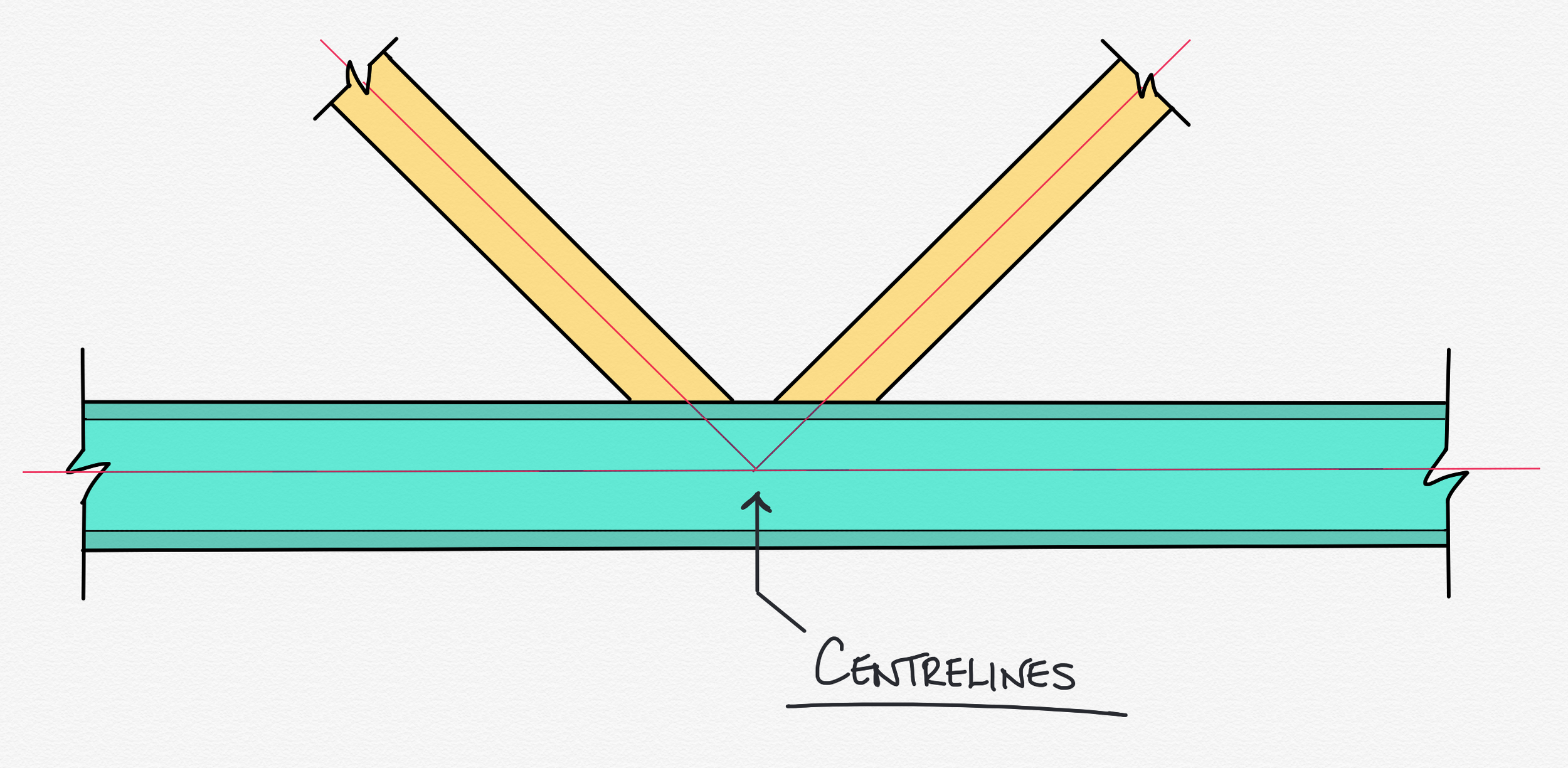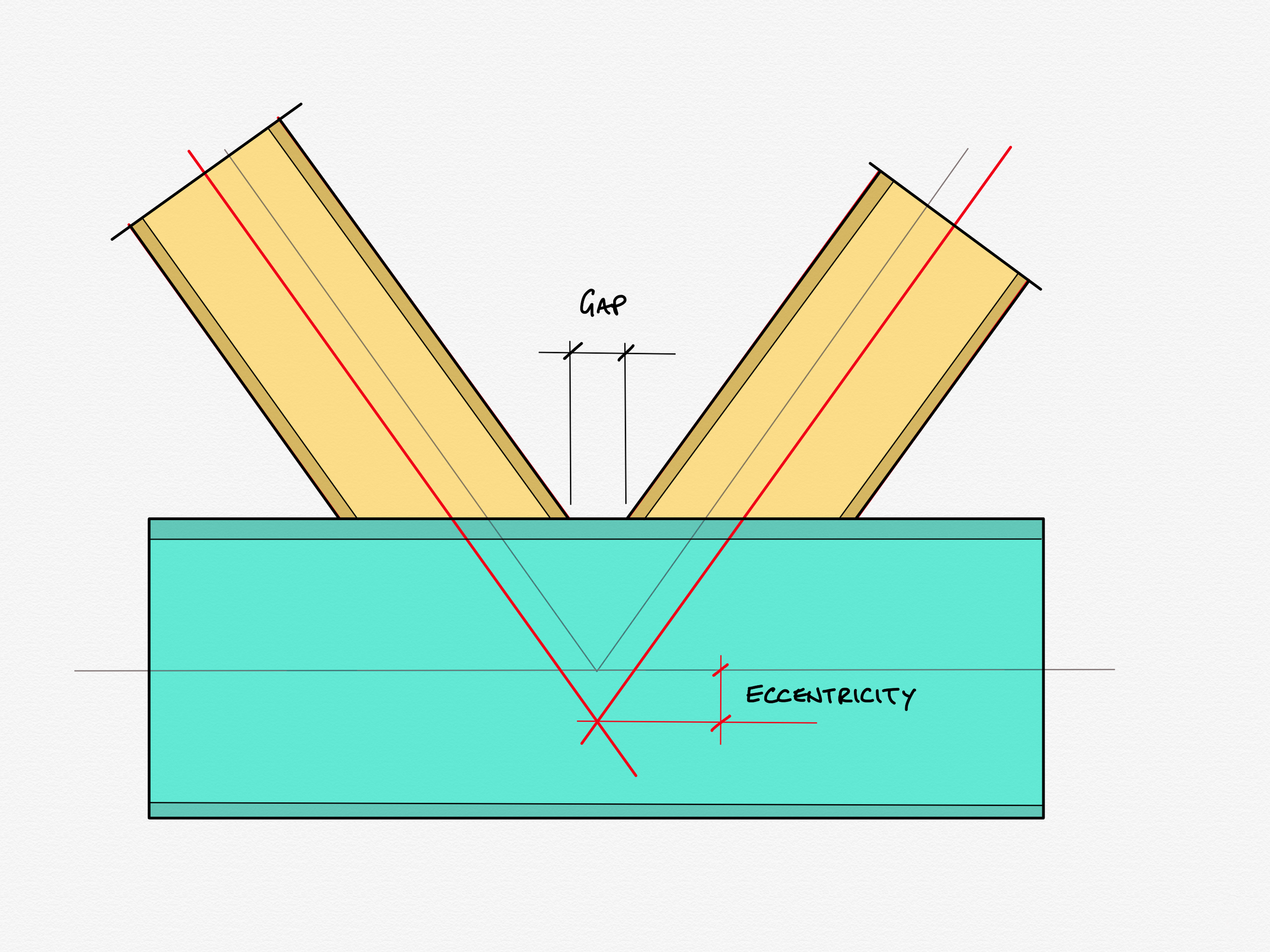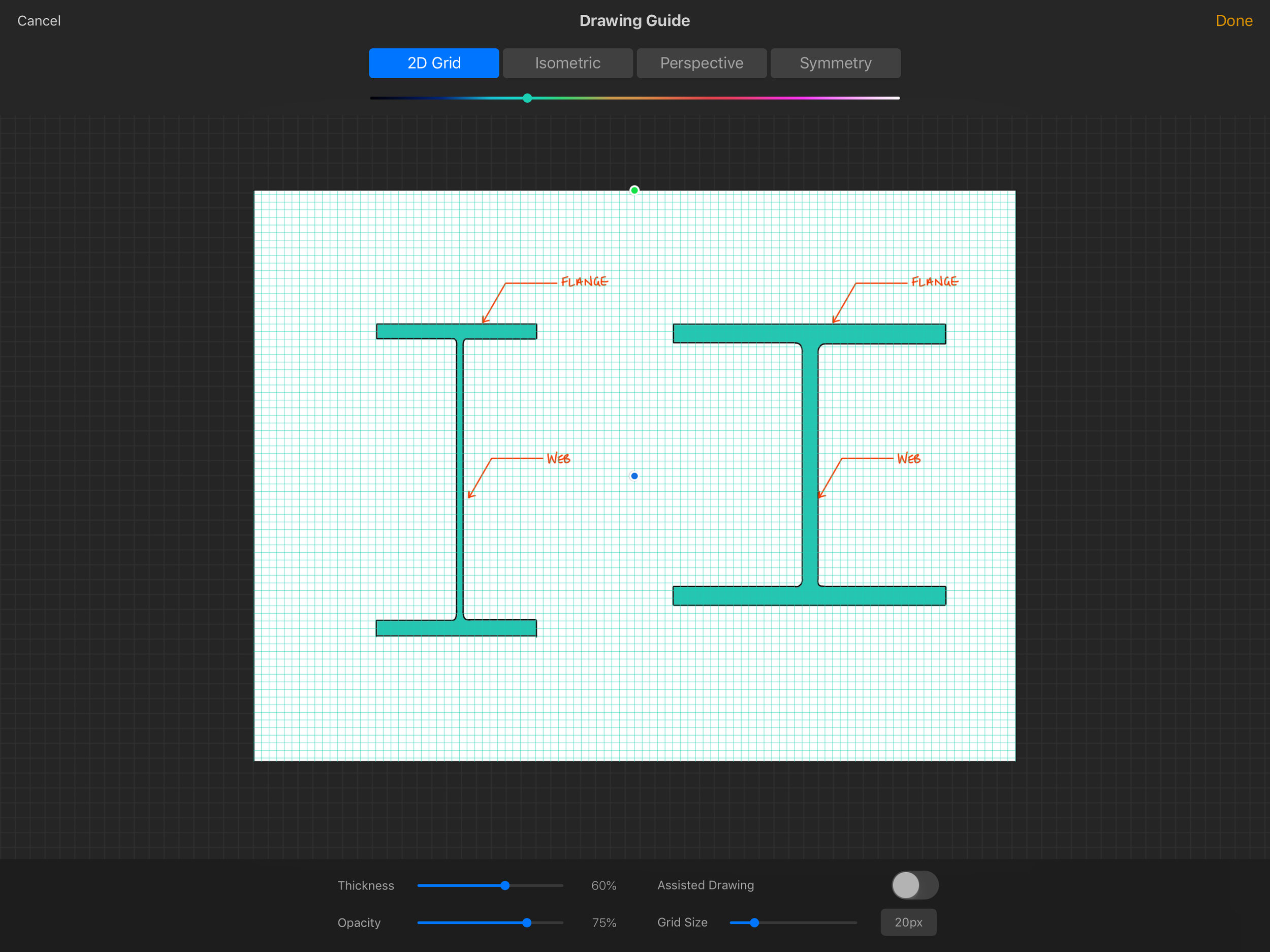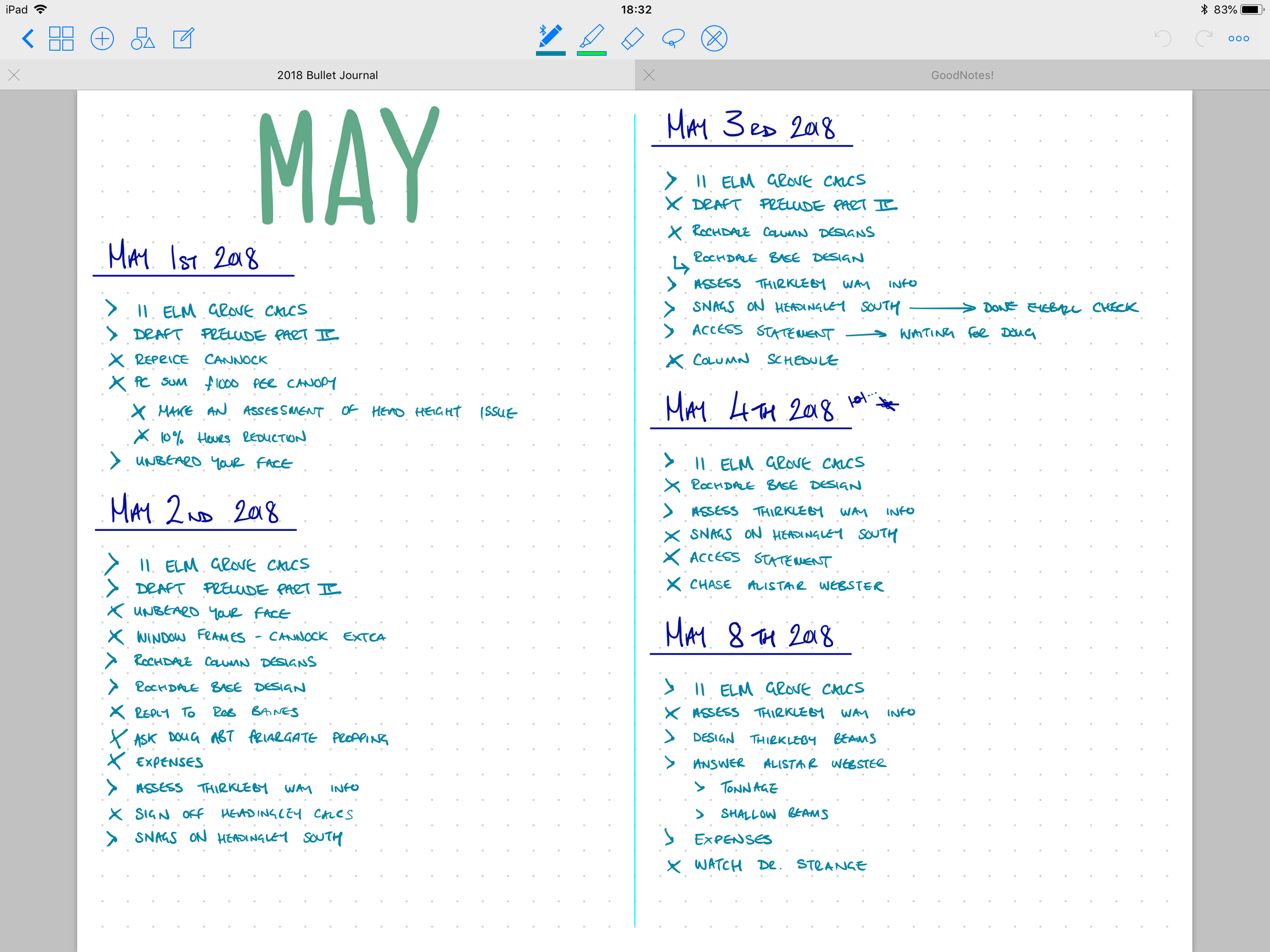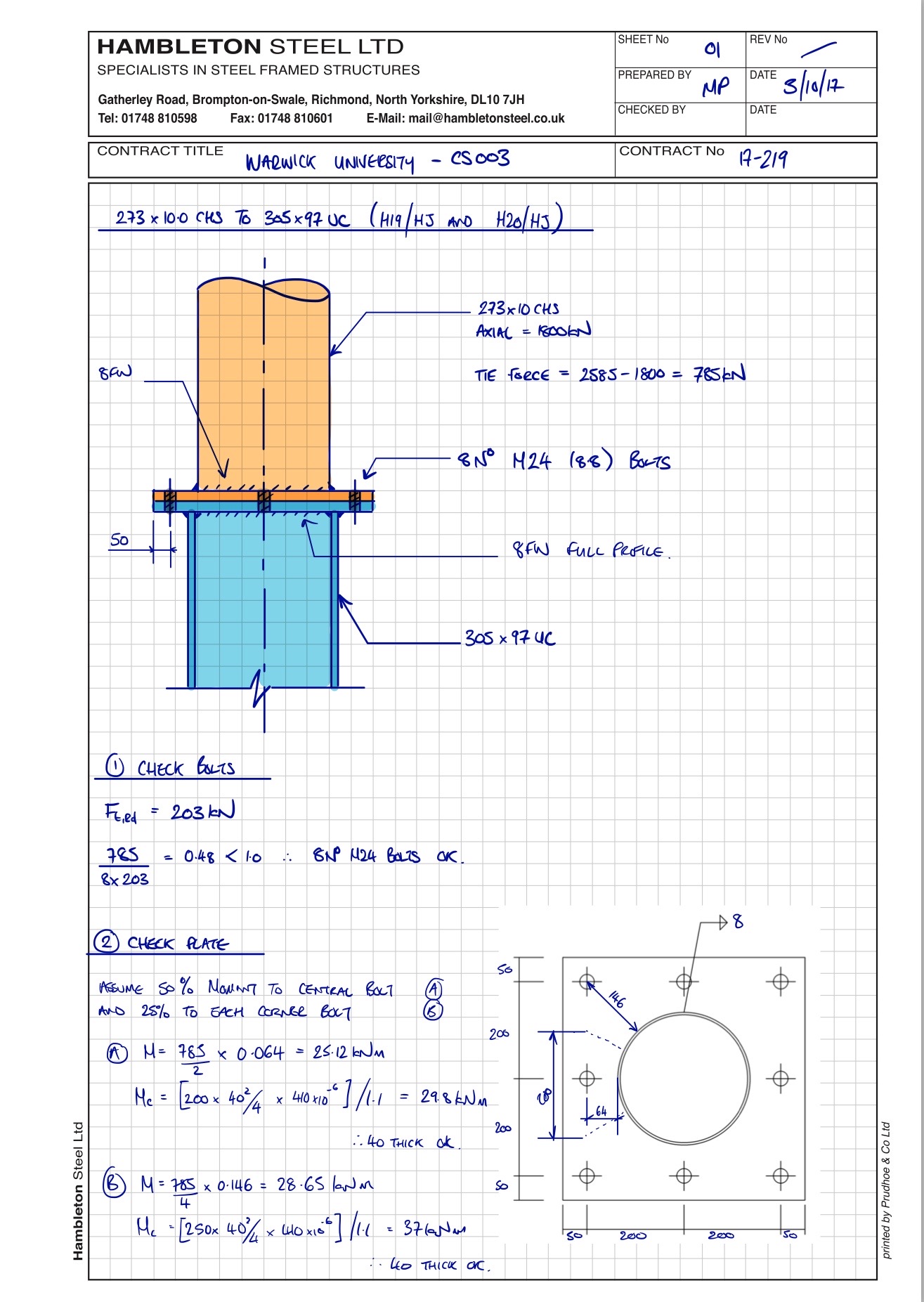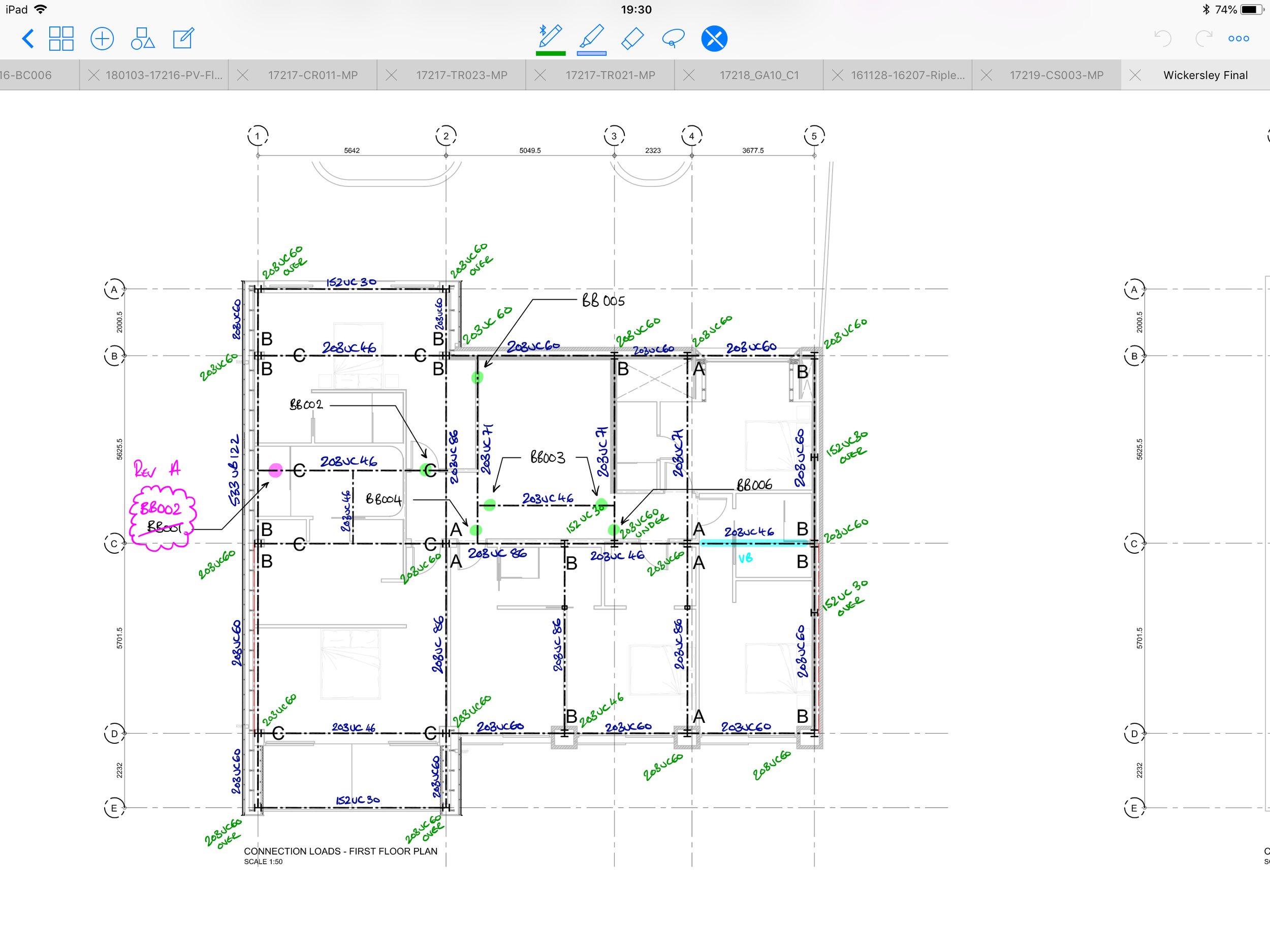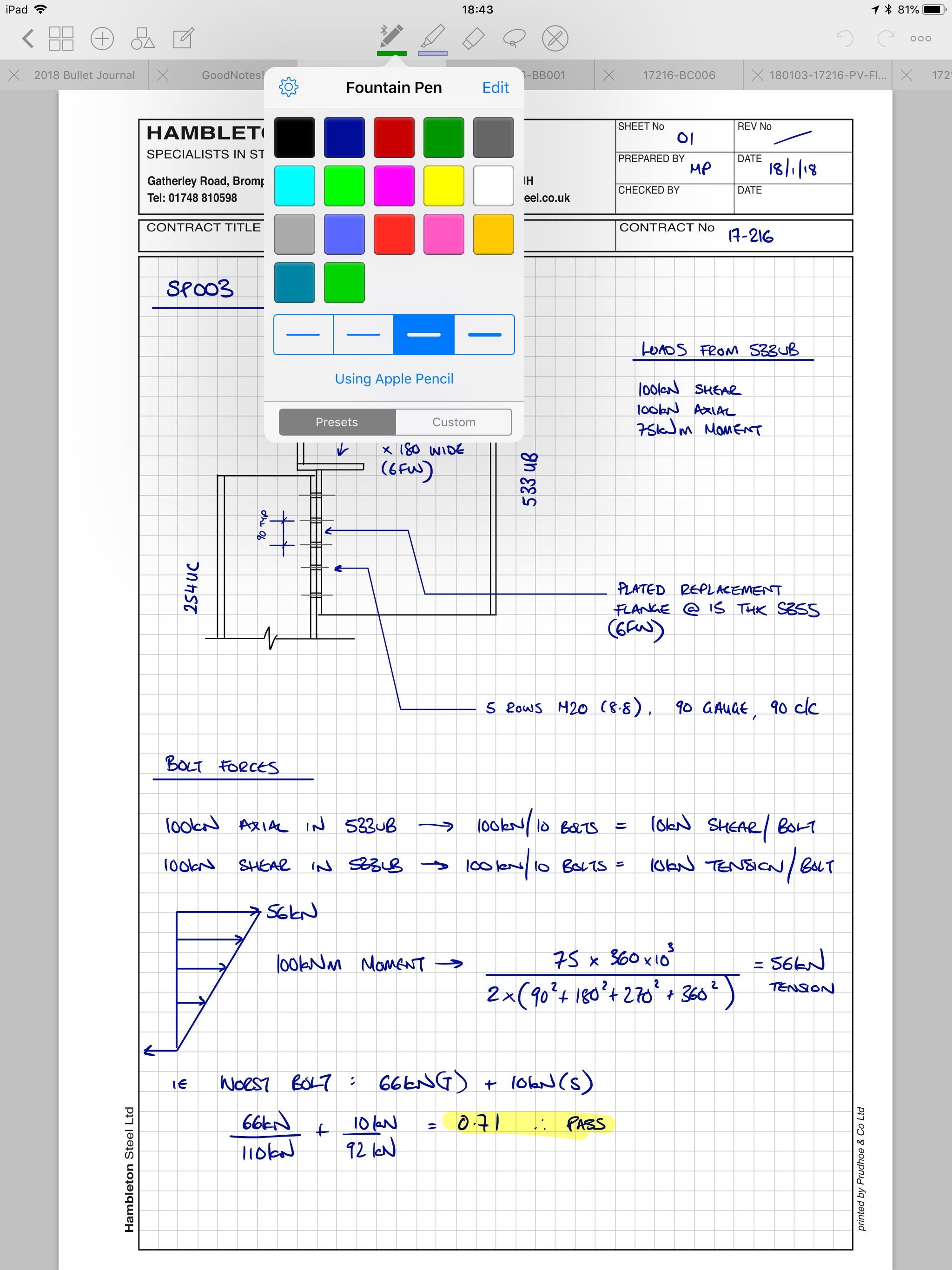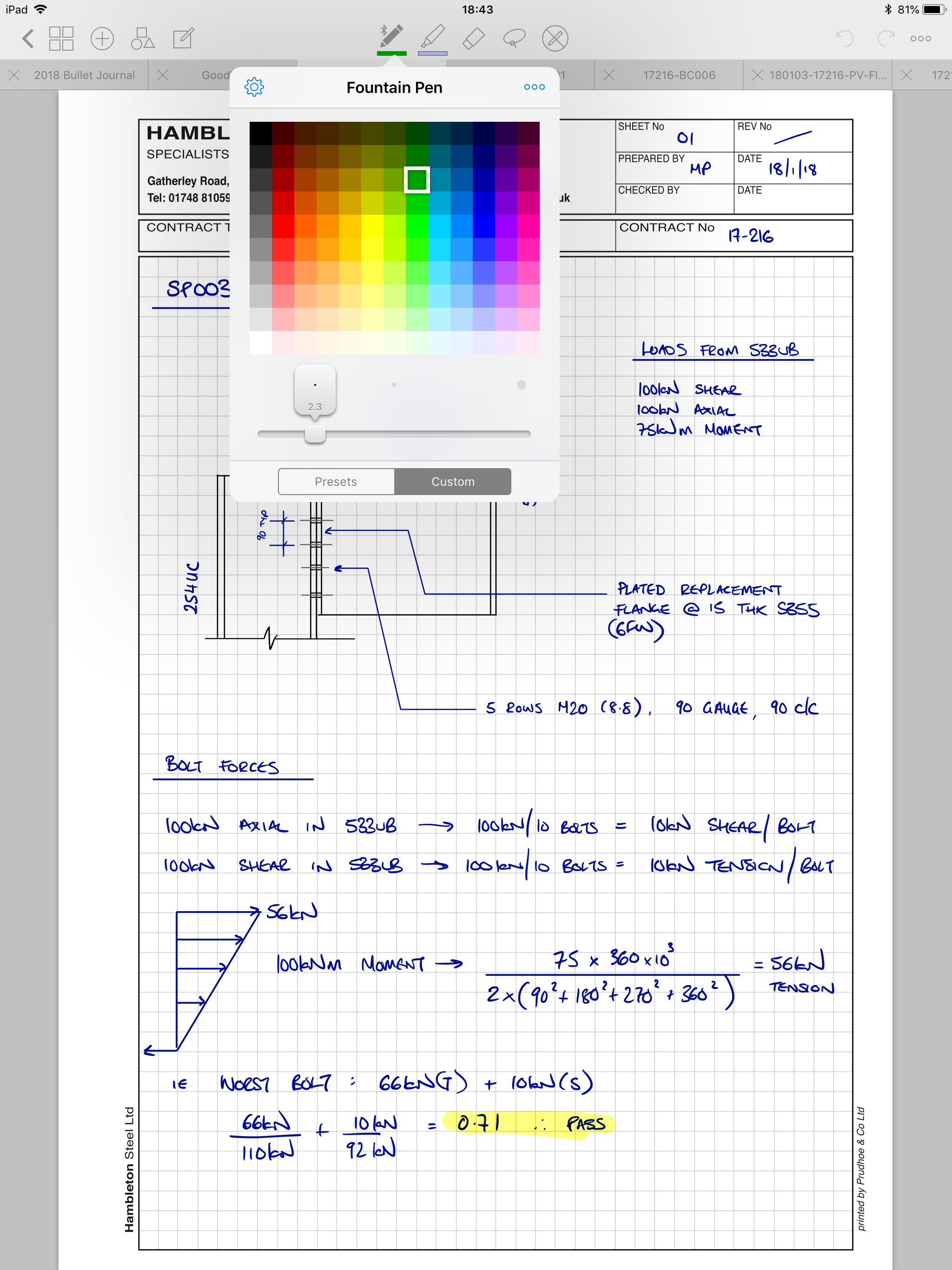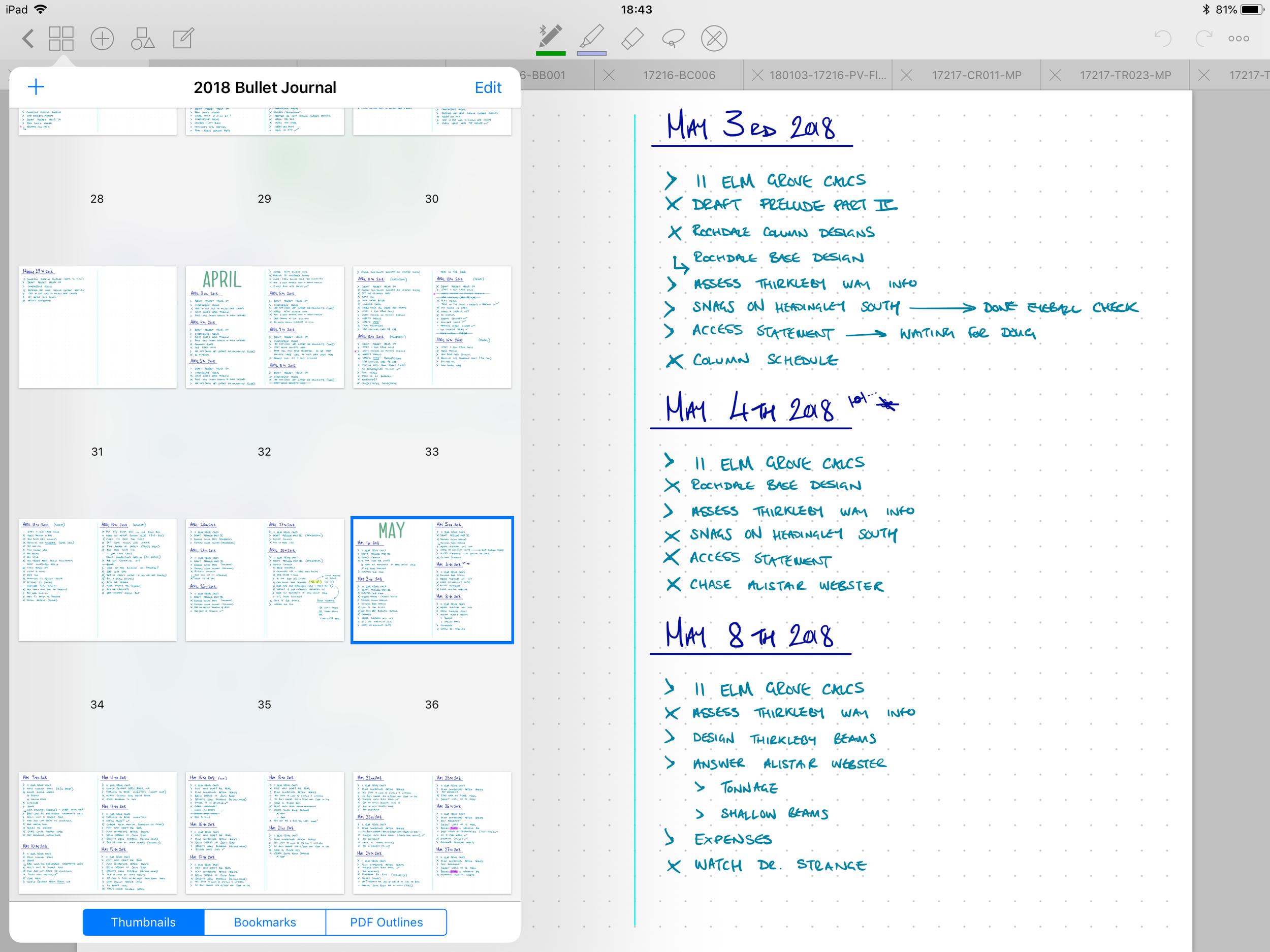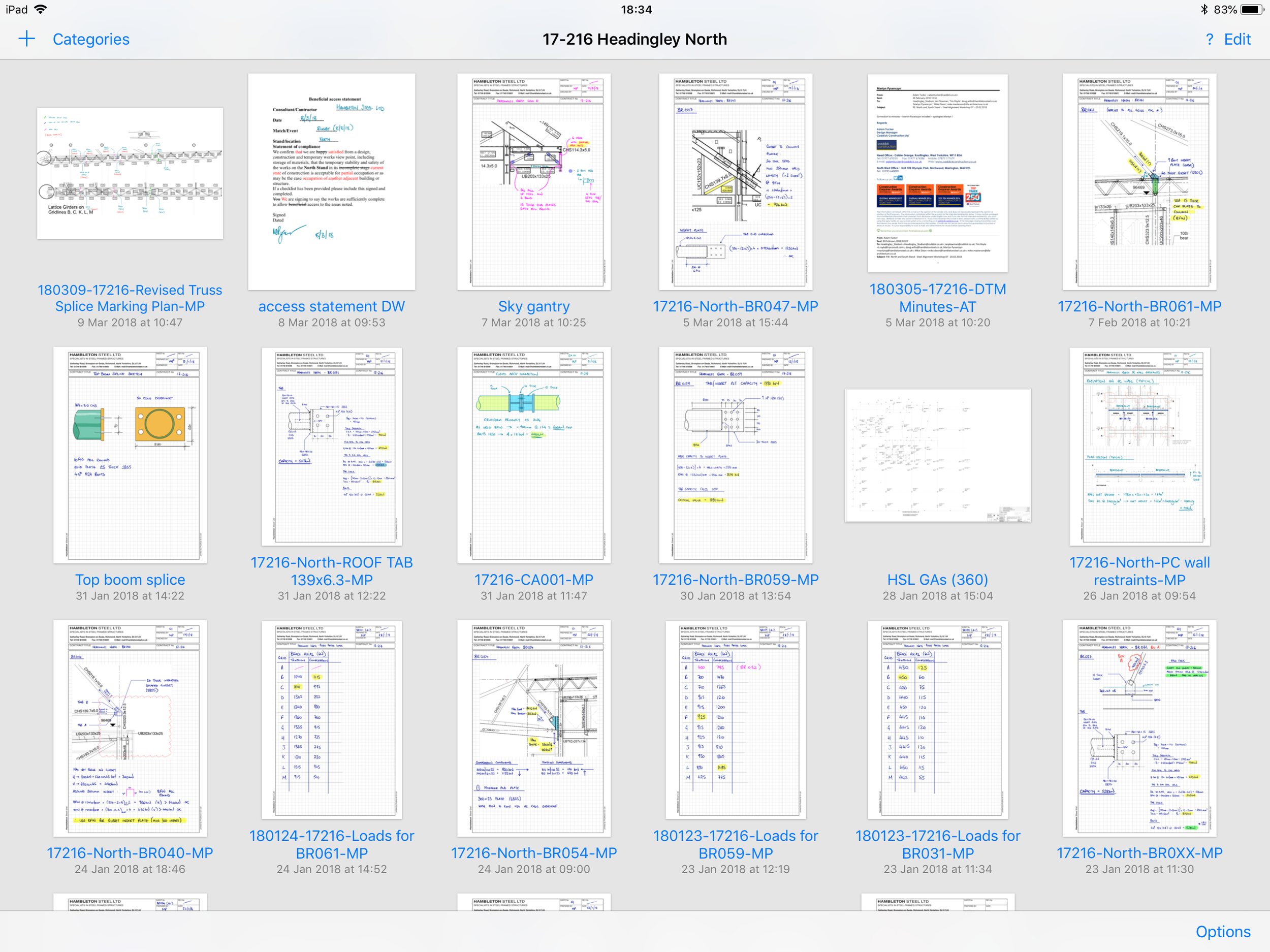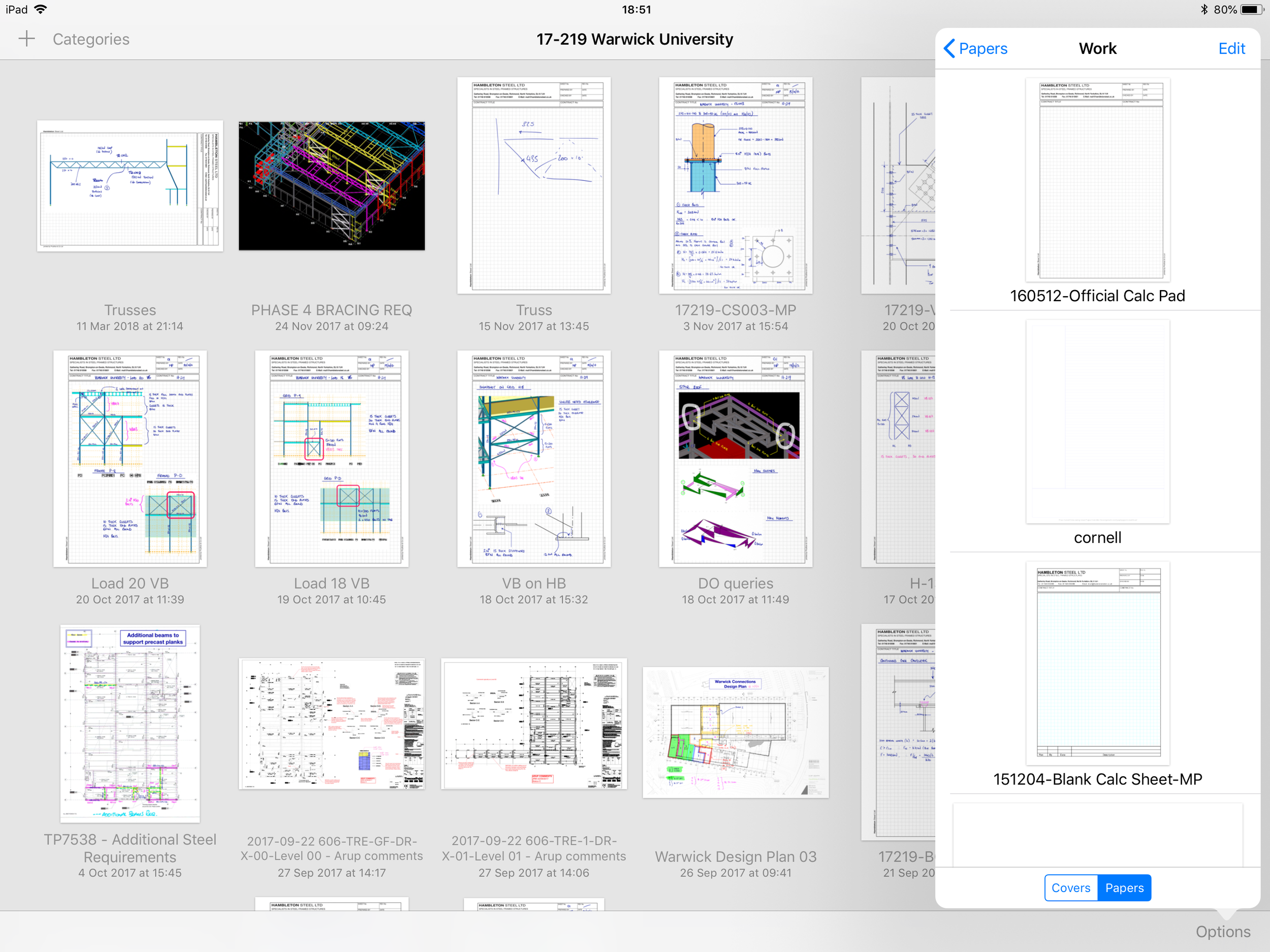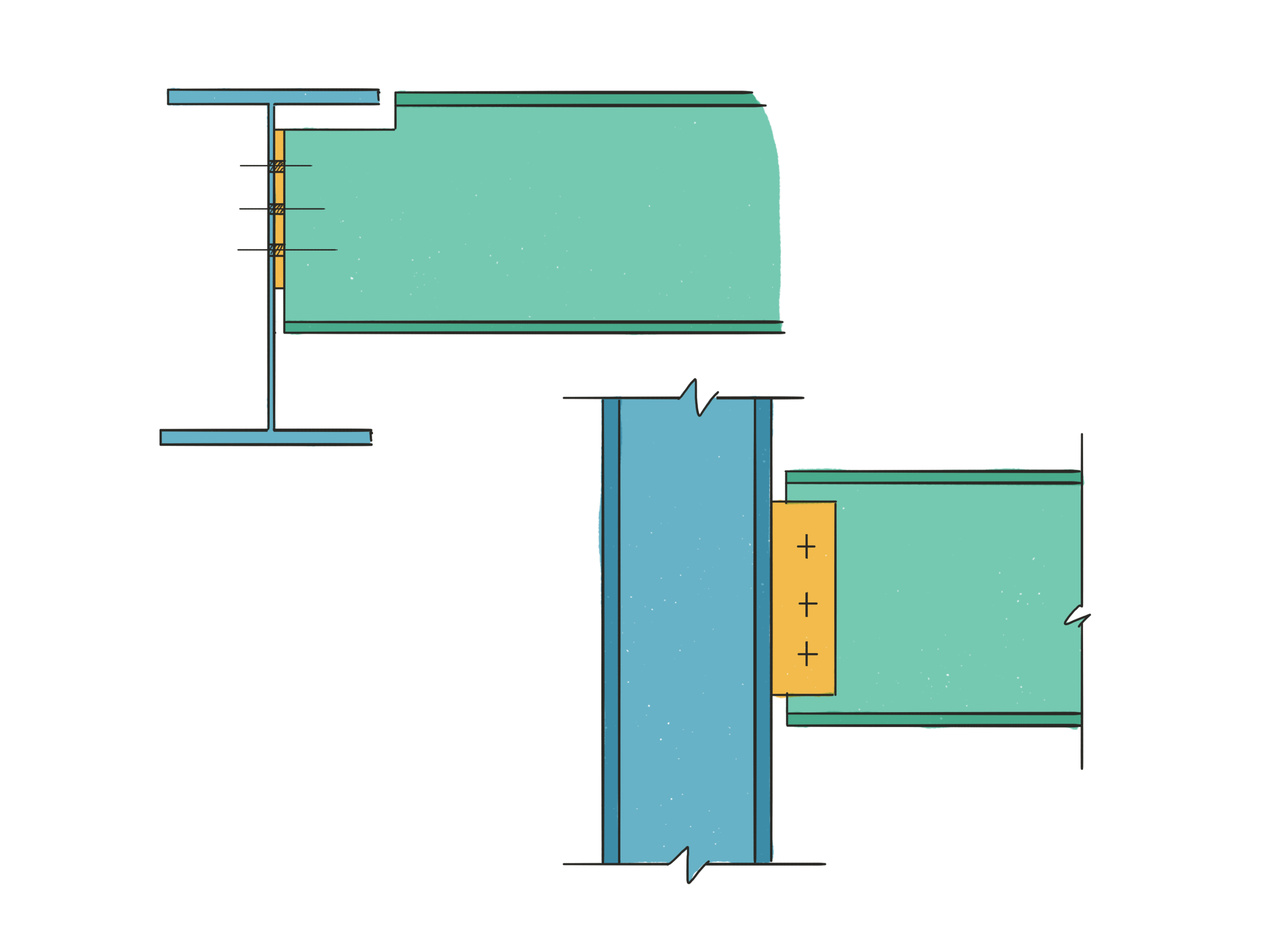Yearly Theme - Getting Things Done
Let’s kill two birds with one stone!
Bird one: a topic I promised myself I’d write about.
Bird two: life update slash list of excuses for not writing very much.
Stone: this year’s theme - Getting Things Done
For the past few years I’ve been a fan of the Yearly Theme, as opposed to New Year Resolutions for reasons covered in depth on the Cortex podcast. The quick version goes like this:
Resolutions are often pass/fail, for example:
I will start running
I will go to the gym regularly
I will get a promotion
The minute you skip a run, or don’t wake up in time to go to the gym, you’ve failed, so you can stop trying. And people do, in droves. It’s been a meme for years in fact.
Themes are wider, and more flexible. They can be bent to your will. For me last year was the Year of Lean. I could make it mean whatever I needed, but the essential features of the Year of Lean were to lose some weight, and to reduce the amount of “stuff” in my life. It worked magnificently.
Chucking out old jumpers I didn’t need: Year of Lean!
Unsubscribing from email lists I never read: Year of Lean!
Managed to get out for a run every so often: Year of Lean!
Chose not to eat a massive burger and had a salad instead: Year of Lean!
Breaking free from listening to multiple tech podcasts which previously fed my rabid gadget fetish: Year of Lean! (Sorry ATP guys)
This year has been at once more successful, and less successful. We are now beginning the eleventh month of the Year of Getting Things Done, and hoooo boy, the Big Thing that had to get Done has very much Been Done. It has been hard work doing so, and it has come at the expense of essentially devouring the year in one gargantuan mouthful.
That Big Thing was of course moving house.
I am very satisfied to report that Family Pie have successfully moved about 300 metres up the road to what is essentially The Dream House (also known as “the house they’ll take me out of in a box”). As you may have read, we had some bumps along the way, but that’s all in the past. We’re in, we’re happy, and we have since doubled our cat quota.
The house has a kitchen big enough for the three of us to eat in, but also a formal dining room for when we have guests. It has a decent study as far away from the front door as reasonably possible, a playroom where all Mini-Pie’s bulkier toys can live, and a guest room on the top floor. We are extremely lucky, and we know it.
But.
The other big goal of the Year of Getting Things Done was to make a sizeable dent in my path to professional qualification (Chartership) and that has essentially come to naught. Now that we’re settled in and all urgent repair and upgrade works are done on the house, I will have more time to dedicate to it, but I am a little disappointed in myself that so little was able to be done this year. Ah well, such is life.
Rather than dive straight back into the Chartership drive, what is left of this year will be dedicated to getting the house ready for Christmas. Funnily enough, I don’t usually get too excited about decorating for Christmas, but I think with a new canvas I’m a little bit over-eager to paint. That, and come up with next year’s theme. I haven’t given it a moment’s thought until ... well actually just now.
Best get on that really.











